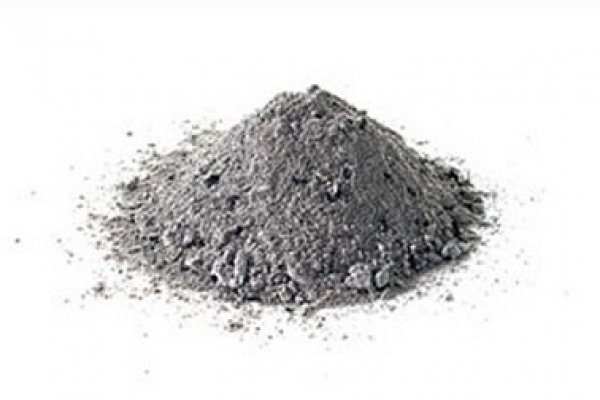
Sodium silicate is made from rice husk ash
Posted On: 10 Dec,2022
Rice processing plants produce a type of waste material commonly known as bran from paddy. The ash obtained after burning rice husk contains 70-80% silica. Sodium silicate can be commercially produced and marketed from this chaff through a laborious desiccation process, which is a very profitable business.
Annual production capacity will be 1500 metric tons. 1125 MT will be produced in the first year, 1275 MT will be produced in the 2nd year and 1500 MT will be produced in the 3rd year. The project will be set up at West Muktarpur, Munshiganj. Probable date of commencement of business is January 1, 2013.
Some rationales for interest in the business: The most common method of sodium silicate preparation is sodium silicate preparation from sand at high temperature (800-9500 C). Controlling this temperature requires a large amount of gas as fuel. But a new process is making it possible to commercially produce sodium silicate at very low temperatures (100-1500 C) from chaff ash.
At present many automated paddy to rice processing plants have been set up in our country, which are using rice bran as fuel to run their own boilers and from which a large amount of ash is obtained. Due to this, it is now possible to obtain more commercial chaff ash from the same place.
Sodium silicate is used as an essential raw material in soap, ceramics, paper, paper board, water treatment plants, building construction, garments, petroleum and metal manufacturing. In terms of quality, sodium silicate made from rice bran is better and more useful than sodium silicate made from sand. Sodium silicate can be produced from rice bran at a lower cost than from sand.